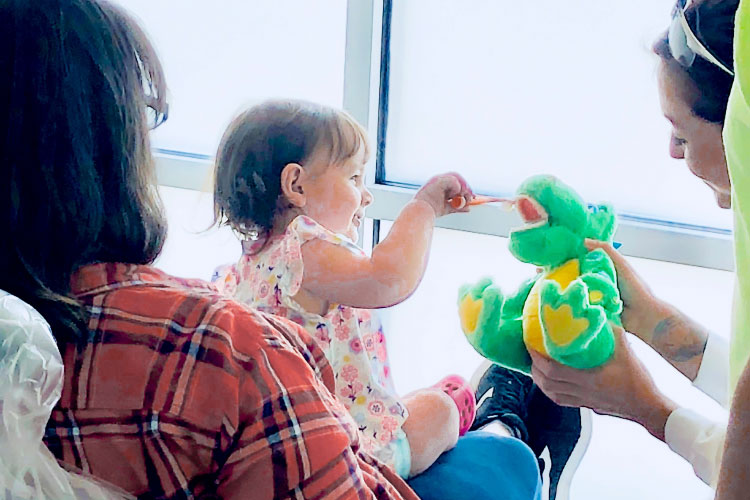
Fluoride and its effects are often misunderstood. When properly used, this mineral acts as your mouth’s secret weapon against cavities and tooth decay. Today, our team at Elevate Smile Design wants to help you understand how fluoride works and whether it is safe for your kiddos.
How Does Fluoride Protect Teeth?
One of the major public health achievements of the 20th century was adding fluoride to the community water supply to protect people of all ages from tooth decay and cavities. Through a process called remineralization, critical nutrients called minerals, such as fluoride, calcium, and phosphate, are deposited onto the crystalline mineral structure of your enamel. Although permanently damaged enamel does not grow back, temporarily weakened enamel can be strengthened and fortified through this remineralization process.
Even though tooth enamel is the hardest surface in your body, it can still be damaged by bacterial plaque and acid. For kids who are especially prone to decay and cavities, our expert team can suggest tips to keep your teeth healthy and strong. For one, we may recommend an in-office professional fluoride treatment, where we paint a thin layer of fluoride paste on your child’s tooth. This paste has a pleasant taste and is quick and easy to apply. Often, this treatment can help reverse early-stage decay before it progresses to a full-blown cavity. Brushing using a fluoridated toothpaste twice a day for two minutes each time will also help keep your child’s mouth healthy and cavity-free.
Is Fluoride Safe for Kids?
In the proper amounts, fluoride safely reduces the occurrence of tooth decay and cavities in children and adults. The amount of fluoride added to the the water supply is backed by years of evidence-based research regarding safety and efficacy, and the American Dental Association has set forth recommendations for how much toothpaste children can use:
- Until your child is three years old, brush their teeth with only a smear of toothpaste the size of a grain of rice.
- Between three and six, your child can use a pea-sized amount of toothpaste.
- As soon as your child is able to spit, encourage them to spit after brushing their teeth.
- When they start brushing their teeth independently, supervise to make sure they don’t swallow their toothpaste.
On rare occasion, kids who consume too much fluoride while their adult teeth are developing may present with dental fluorosis. Fluorosis does not have any negative health effects and is merely a cosmetic issue. This condition results in small white spots or streaks on their teeth, and sometimes can only be detected by a dental professional.
To ask our team any questions about fluoride or to schedule dental appointments for your family, contact our office today!
Contact Us
